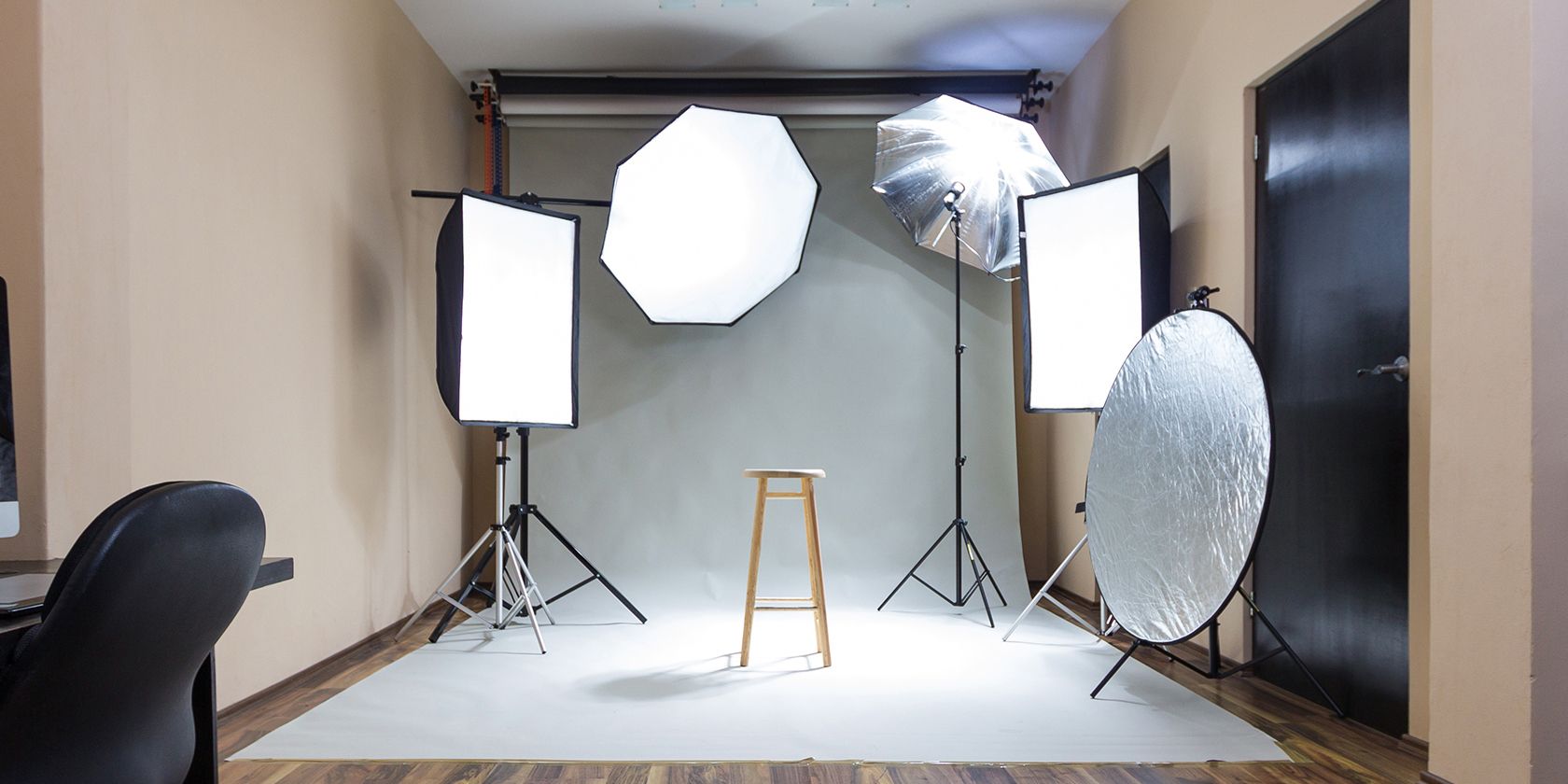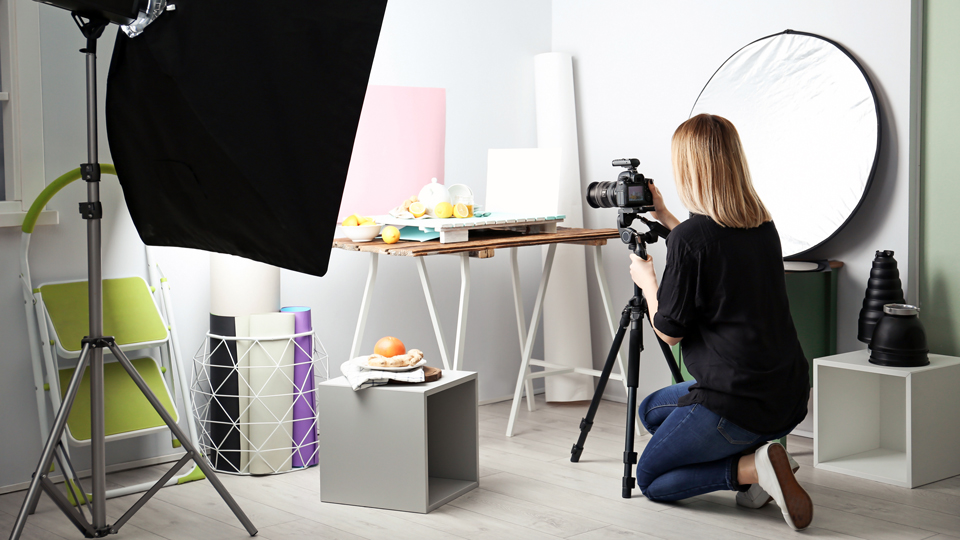What Lighting Equipment is Needed for Portrait Photography? Terrific Tips and Tricks
When it comes to capturing stunning images, understanding what lighting equipment is needed for portrait photography is essential for professional photographers. Lighting can transform a mundane shot into a breathtaking portrait, and knowing how to utilize it effectively can lead to extraordinary results. In this article, we will delve into the types of lighting equipment you need and how to use them to achieve remarkable portraits.
The right lighting can enhance your subjects features, mood, and overall composition, making it crucial for anyone serious about the art of photography. Fortunately, this guide will provide you with an unmissable breakdown of lighting options, techniques, and setups that every photographer should consider.

Understanding the Basics of Lighting
Before we dive into specific equipment, it's important to comprehend the fundamental types of lighting in photography. Lighting can be broken down into three main components: key light, fill light, and back light.
The key light is your main light source, setting the overall exposure and mood of the scene. The fill light softens shadows created by the key light, while the back light creates depth and separates the subject from the background. Having a solid grasp of these principles will guide your lighting choices effectively.

Essential Lighting Equipment for Portrait Photography
Now that we understand the basics, lets explore the equipment that will help achieve stunning portraits.
1. Softboxes
Softboxes are a popular choice among professional photographers for their ability to diffuse light, creating soft shadows. They are especially useful for portraits, making the lighting appear more natural. Softboxes come in various sizes, and when positioned correctly, they can create flattering filled-in shadows on your subject's face.
2. Umbrella Lights
Umbrellas, both reflective and shoot-through, are excellent for manipulating light in portrait photography. These versatile modifiers allow you to create different effectsreflective umbrellas bounce light back towards the subject, while shoot-through umbrellas soften the light by passing it through the fabric.
3. Ring Lights
Ring lights provide a unique perspective in portrait photography. They grant even illumination and characteristic catchlights in the subjects eyes, which is a signature look in many portraits. Additionally, they can be adjusted for varying intensities.

Setting Up Your Lighting
Proper setup is key to maximizing your main light source. Depending on the look youre after, you can use a three-point lighting system, which includes a key light, a fill light, and a backlight.
For a beginner-friendly setup, position the key light 45 degrees to the side and above your subject. The fill light should be positioned directly in front at a lower intensity to soften shadows.

Lighting Modifiers
Modifiers are vital for adjusting the quality of light. Here are a few options:
1. Diffusers
Diffusers soften harsh light, creating a more flattering diffusion that simulates an overcast day.
2. Reflectors
Reflectors can bounce light back onto your subject, making them a fantastic, cost-effective tool for enhancing lighting.
Advanced Techniques
As you gain experience, consider employing advanced techniques like rim lighting or split lighting to create dramatic portraits. Experimentation will allow you to harness your creativity further.
Conclusion
Understanding what lighting equipment is needed for portrait photography is crucial for any professional photographer aiming to elevate their work. From **softboxes** to **ring lights**, the right equipment combined with knowledge of light positioning can transform a simple photograph into a **life-changing** masterpiece.
FAQs
Q1: What is the best lighting for indoor portraits?
A: Softboxes are often preferred for indoor portraits as they provide soft, even lighting.
Q2: Can natural light be used for portraits?
A: Yes, natural light can be used effectively; however, it may require a reflector or diffuser to control shadows.
Q3: How important are lighting modifications?
A: Lighting modifications are essential to manipulate the harshness and intensity of light, enhancing portrait quality.
As an Amazon Associate, I earn from qualifying purchases.

